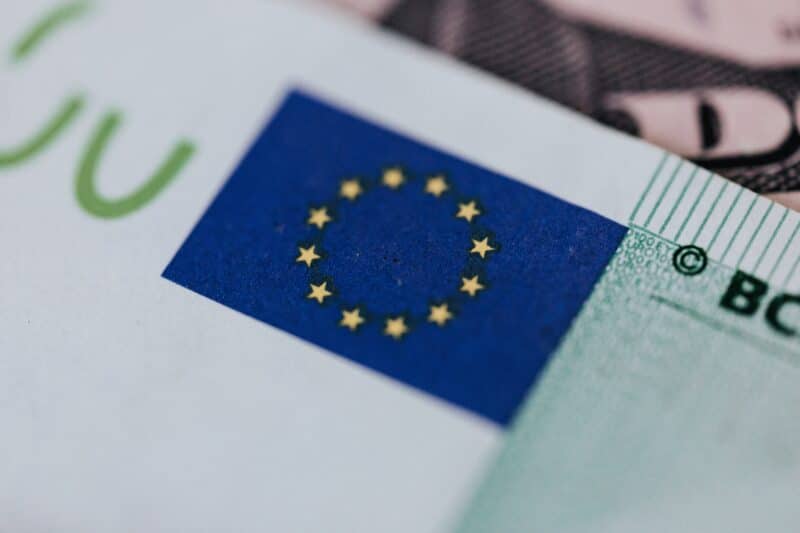Services in Europe are performing well, in contrast to the industry sector, according to preliminary PMI indicators published yesterday. The same data for the U.S. economy showed declines in both areas, further evidence that the U.S. economy is slowing down, despite having previously shown remarkable resilience to interest rate hikes. The EURUSD rate reached 1.07, encountering significant technical resistance. Wall Street indexes had another good session this week, recovering losses from the second and third weeks of April. The technology sector led the gains ahead of key earnings reports this week.
The purchasing managers’ index for the service sector in the Eurozone surprisingly rose to 52.9 in April. Germany (53.3 points), France (50.5 points), and the United Kingdom (54.9 points) also posted positive surprises.
The result for the entire Eurozone has been above the critical 50-point threshold for three consecutive months, indicating growth in the sector. However, the production index (45.6 points) once again fell short of expectations, contradicting hopes for a strong rebound.
Preliminary GDP estimates for Q1 will be published next Thursday. The improvement in service PMI indices raises hopes for the continuation of this trend in the coming months. On the other hand, optimism is somewhat dampened by the downturn in the industry. A silver lining is the improved outlook for the sector’s condition in the coming months.
The dynamic increases in key interest rates by the ECB have probably not yet been fully “digested,” and the cuts expected from June are unlikely to stimulate the economy until 2025 due to the time lag.
One aspect the ECB can be pleased about is that the sub-component for selling prices did not continue the upward trend. In both the service and production sectors, this value changed little in April, suggesting that core price pressures did not intensify.
The euro appreciated after the PMI data was released in the morning hours yesterday. Subsequently, the dollar weakened in the afternoon following the same reading for the U.S. economy. The EUR/USD rate reached 1.0710 but slightly declined this morning. In the medium term, the main currency pair’s trend remains in a fairly wide downward channel, and this week’s gains appear to be merely a corrective move following previous dynamic declines. The widening divergence in the monetary policy stance between the Fed and the ECB should continue to drive the EUR/USD lower, at least to the 1.0450 level – the October 2023 low.
Łukasz Zembik, Oanda TMS Brokers
